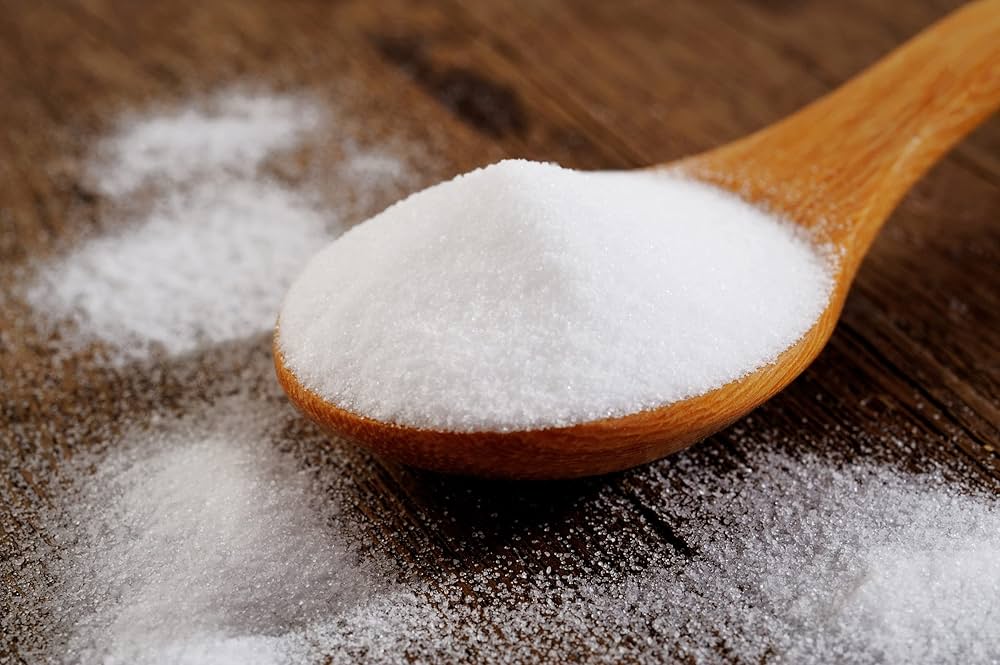Blog
What Happens When You Mix Sodium Carbonate and Water?
When you mix sodium carbonate (Na₂CO₃) and water, an interesting chemical reaction takes place. Sodium carbonate, also known as soda ash or washing soda, is a water-soluble compound that plays a significant role in various chemical processes. It is often used in cleaning products, water treatment, and even in the manufacturing of glass.
But what exactly happens when you mix sodium carbonate and water? In this article, we will explore the chemistry of this reaction, the products it forms, and its real-life applications. Understanding the behavior of sodium carbonate when dissolved in water is crucial in both industrial and everyday scenarios.
What Happens at the Molecular Level When Sodium Carbonate Dissolves in Water?
When sodium carbonate is added to water, it dissociates into its component ions—sodium (Na⁺) and carbonate (CO₃²⁻) ions. This process is known as dissociation. The sodium ions, which are positively charged, are surrounded by water molecules, while the carbonate ions, which are negatively charged, interact with water molecules in a similar manner.
Is Sodium Carbonate Just Baking Soda? – Key Differences Explained
This dissociation occurs because water is a polar solvent, meaning that it has a positive side (hydrogen) and a negative side (oxygen) that can interact with the sodium and carbonate ions. As a result, sodium carbonate dissolves easily in water, forming a clear solution in most cases.
The Chemical Reaction: What Happens When You Mix Sodium Carbonate and Water?
The actual chemical reaction that takes place when sodium carbonate and water mix is relatively straightforward. The sodium carbonate dissociates into sodium ions (Na⁺) and carbonate ions (CO₃²⁻) as mentioned earlier.
However, it is important to note that sodium carbonate is slightly alkaline. This means that when it dissolves in water, the carbonate ions react with water molecules to form bicarbonate (HCO₃⁻) ions and hydroxide (OH⁻) ions:
CO₃²⁻+H₂O→HCO₃⁻+OH⁻\text{CO₃²⁻} + \text{H₂O} \rightarrow \text{HCO₃⁻} + \text{OH⁻}CO₃²⁻+H₂O→HCO₃⁻+OH⁻
This reaction increases the concentration of hydroxide ions in the solution, making the solution basic (or alkaline). The solution’s pH will typically rise above 7, often reaching values between 11 and 12, depending on the concentration of sodium carbonate.
How the Alkalinity Affects the Solution
As mentioned, sodium carbonate solutions are alkaline in nature. This increased alkalinity can have several noticeable effects:
- Soap-Like Properties: The higher concentration of hydroxide ions in the solution gives sodium carbonate its soap-like qualities. This is one reason why it is often used in cleaning products. It helps break down grease and dirt.
- Buffering Capacity: The solution can act as a buffer, resisting changes in pH when acids are added. This makes it useful in water treatment to neutralize acids and balance pH levels.
- Reaction with Acids: When sodium carbonate solutions are mixed with acids, they produce carbon dioxide gas (CO₂), water, and salts, making the solution neutral. For example, when vinegar (acetic acid) is added to sodium carbonate solution, the reaction releases bubbles of carbon dioxide gas:Na₂CO₃+2CH₃COOH→2CH₃COONa+H₂O+CO₂\text{Na₂CO₃} + 2\text{CH₃COOH} \rightarrow 2\text{CH₃COONa} + \text{H₂O} + \text{CO₂}Na₂CO₃+2CH₃COOH→2CH₃COONa+H₂O+CO₂
Common Uses of Sodium Carbonate in Water
Understanding what happens when you mix sodium carbonate and water is essential for its various applications. Here are some common uses:
- Water Softening: Sodium carbonate is often used to soften water. It binds to calcium and magnesium ions, preventing them from interfering with soap and detergent, which improves their effectiveness.
- Cleaning and Deodorizing: The alkalinity of sodium carbonate helps break down grease and neutralize acids. It’s a key ingredient in many household cleaning products.
- Manufacturing and Industry: In industries like glass production, sodium carbonate is used to lower the melting point of silica, making it easier to shape and mold.
- Food Additive: In the food industry, sodium carbonate is used as an acidity regulator and a leavening agent, especially in baking and cooking.
Safety Considerations When Mixing Sodium Carbonate with Water
Although sodium carbonate is generally safe to use, there are some important safety considerations to keep in mind:
- Handling: Sodium carbonate can irritate the skin and eyes, so it’s essential to wear protective gloves and goggles when handling it.
- Storage: Store sodium carbonate in a cool, dry place and keep it away from acids to prevent unwanted reactions.
- Ingestion: If ingested in large quantities, sodium carbonate can cause gastrointestinal irritation. Always keep it out of reach of children.
Conclusion: What Happens When You Mix Sodium Carbonate and Water?
In summary, when you mix sodium carbonate with water, it dissociates into sodium and carbonate ions, creating an alkaline solution. This solution can act as a cleaner, buffer, and is used in various industrial and household applications. By understanding what happens at the molecular level, you can better appreciate the versatility and usefulness of sodium carbonate in everyday life.
Follow us on Facebook!

